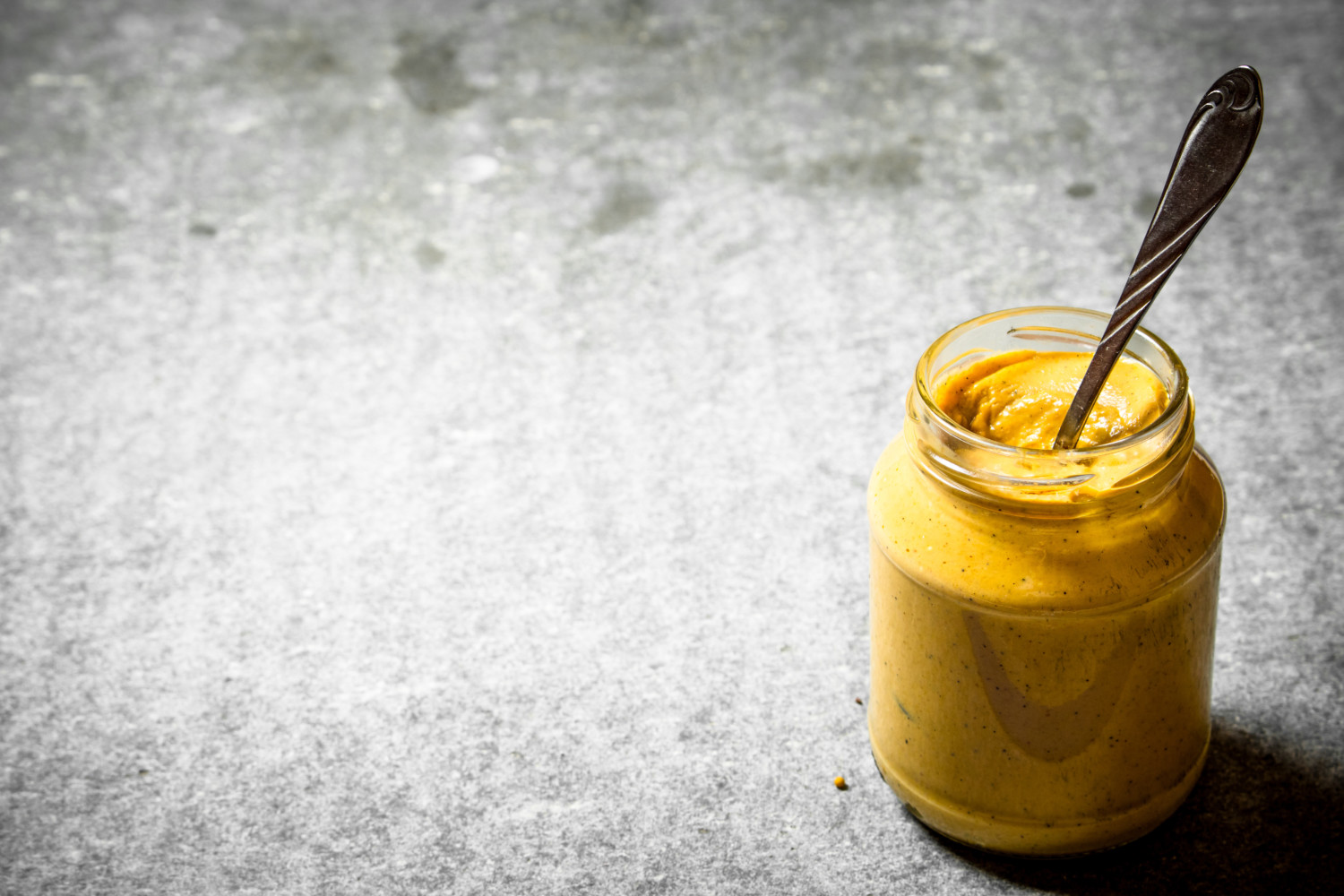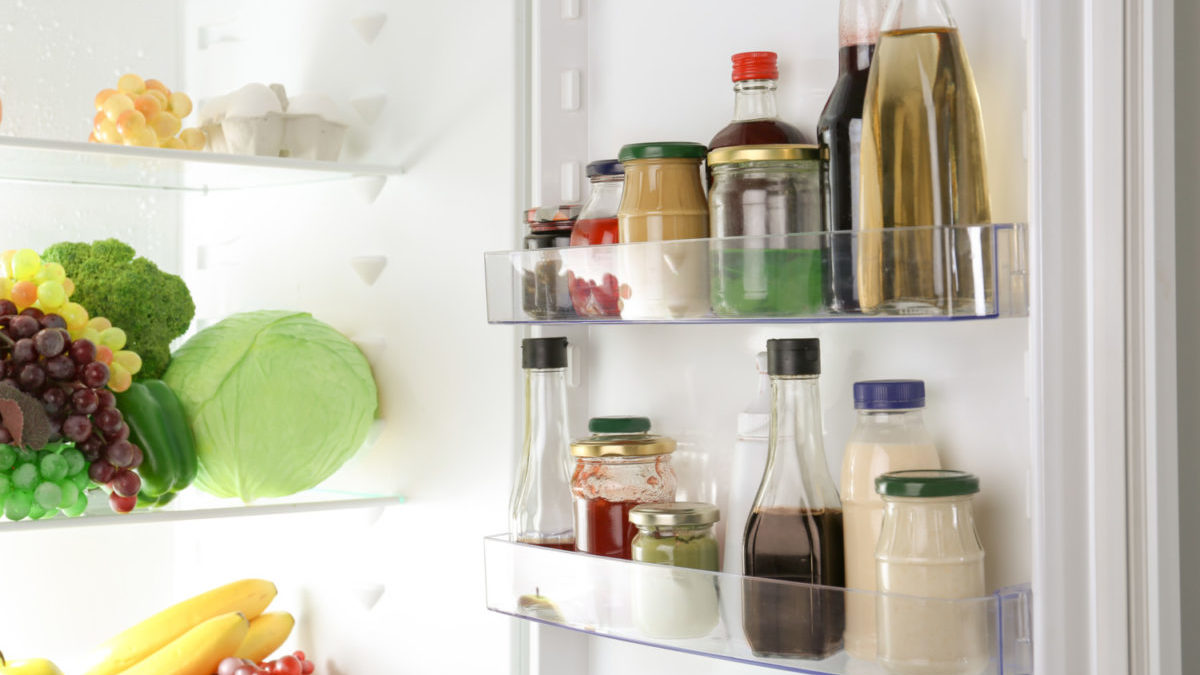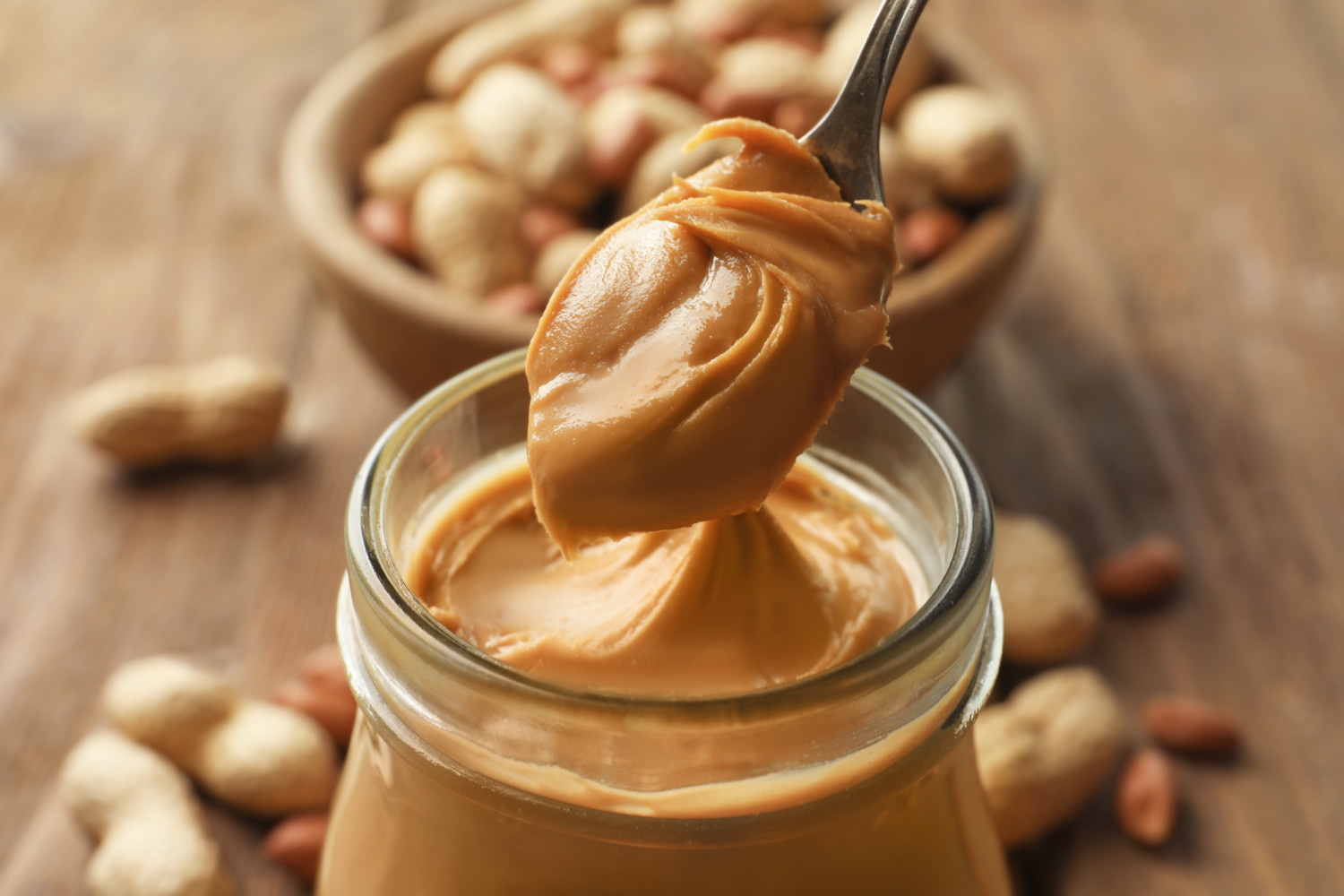Quick fridge cleans are normally relatively easy. You pull the food off the shelves, give surfaces a good wipe and put everything back, but many of us skip the door’s inside shelves unless we’re doing a big clean. For most ingredients, it’s fairly obvious when they’re past their prime. The carton of raspberries sprouts a fuzzy white sweater and the yogurt gets speckled with green dots.
But what about condiments? Do they even need to be in the fridge in the first place? Does mustard go bad? All are valid questions that most of us have pondered and quickly forgotten as we moved on with our chores.

What is meant to help us, but often just adds to the confusion, are the dates the food manufacturers place on packaging. While these stamps should be straightforward indicators of whether or not a food is safe to eat, they end up showing an assortment of guidelines and only confusing us more.
Some stamps show the date of manufacture, which only indicates when it was packed or processed for sale, some show the sell-by date, which merely tell stores how long to display the item but are not indicators of how long something is safe to consume. A stamp of “best used by” gives us insight into when the flavor might degrade on rice, canned goods, frozen foods or potato chips but, again, isn’t a strict ruling.
When you only use certain condiments a few times a year, you might think keeping them around will help reduce food waste, but several items have a shorter lifespan than people are aware of. While they might last longer than that half-eaten bag of kettle corn you have stashed away, condiments do expire. Here’s a list of what you should keep your eye on, according to the Food Marketing Institute, which is a source recommended by the U.S. Department of Agriculture, and FoodSafety.gov’s FoodKeeper database.

Does Mustard Go Bad?
So, does mustard go bad? It’s a good question, given how much vinegar — a great natural preservative — it contains, but the answer is yes. It’s recommended you toss mustard 12 months after the container was opened.
What About Ketchup, Cocktail and Chili Sauce?
While you might breeze through a bottle of ketchup pretty quickly, cocktail and chili sauce often end up stuck in the back of the fridge. Regardless, all three need to go six months after being opened.
How Long Does Mayonnaise Last?
Given its high content of perishable ingredients like egg, mayonnaise spoils pretty quickly when compared to other condiments. To ensure top quality, it’s recommended that mayo be used for only two months after being opened.
Does Barbecue Sauce Go Bad?
You may not have run into too much spoiled barbecue sauce, but this versatile condiment can indeed turn. You should toss that half-used jar of sauce after it’s spent four months in the fridge.
What About Soy Sauce?
An opened, refrigerated bottle of soy sauce will last three to four months.
Do Olives Spoil?
You should keep an opened, refrigerated container of olives for up to two weeks. If you have an unopened jar of olives in the pantry, it can stay there for up to 18 months, according to FoodSafety.gov.
How Long Can I Keep Pickles?
Pickles have a longer shelf life, likely due to the fact they’re bathed in acidic brine. You can keep them in the fridge for up to three months after opening.
When Should I Toss Old Salad Dressing?
Store-bought salad dressings are safest when consumed for up to three months after opening. However, if it’s a creamy dressing, FoodSafety.gov recommends tossing it four weeks after opening.
Does Chutney Go Bad?
This jam-like Indian condiment, created from fruits, vegetables, herbs, vinegar and sugar, will last up to two months once opened.
How About Horseradish?
Need a little kick to your dishes? Jarred horseradish will turn up the heat. Once opened, you can keep it in your fridge for three to four months.

What Condiments Don’t Require Refrigeration?
Vinegar’s long stable shelf life doesn’t need colder temperatures to stay fresh. Keep a bottle (opened or unopened) in your pantry for up to two years. The same goes for Worcestershire sauce.
Some people are surprised to hear that fish sauce should be stored in the pantry and not the fridge; colder temps can cause salt crystals to form in it over time.
Food For Thought
Most unopened condiments can be stored in the pantry for several months. Think of it this way, if you bought it by pulling it off a shelf at room temp, it’s likely fine to go into your cool, dark pantry for a few months. Unopened hot sauce can last for three years, for instance. However, once it’s opened, the rules may change.
While it might be too challenging to track what’s already opened and stored on the shelves of your refrigerator doors, you could try this new method with fresh jars. Grab a permanent marker and write the date on the bottle when you open it. A good place is the top of the lid. If you’re worried the ink will be hard to spot on the label, write it on a piece of painter’s or masking tape.
For those condiments cleared to be stored in or out of the fridge, it’s really your call. Just know, in some cases, refrigeration can further preserve the color, flavor and texture of certain pantry items, such as hot sauce and peanut butter.

When in doubt, give it a sniff test. If it smells funky, pour it down the drain and recycle the bottle. The same goes if you spot any signs of spoilage, like discoloration or mold. While the government provides recommended storage times, some items might be just fine when the date is stretched.
Make life easy by checking all the dates on your condiments while you’re thinking about it and add replacement items to your grocery list right way. Nobody likes reaching for an ingredient and then realizing you need to make a quick run to the store.
This story originally appeared on Simplemost. Check out Simplemost for additional stories.


